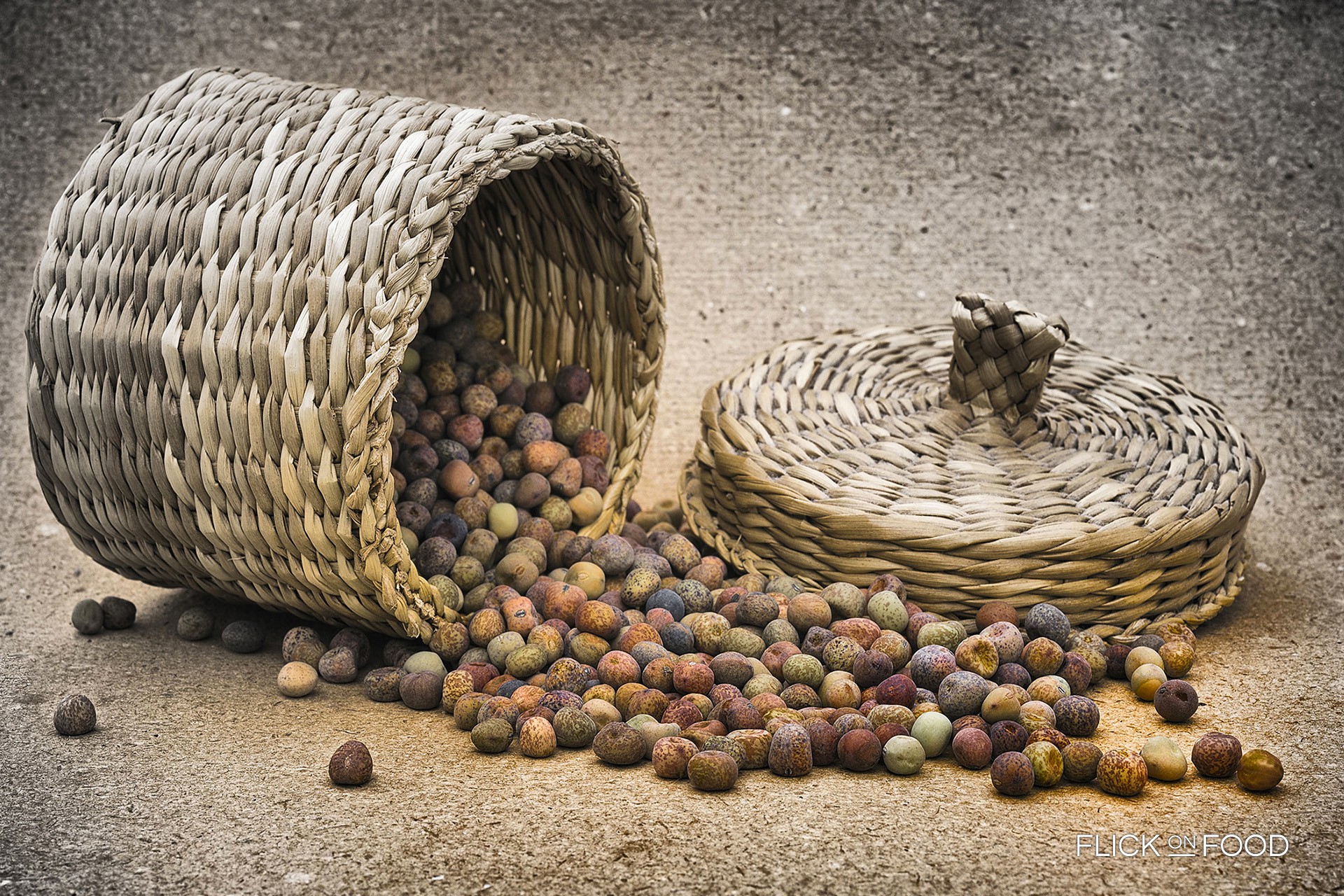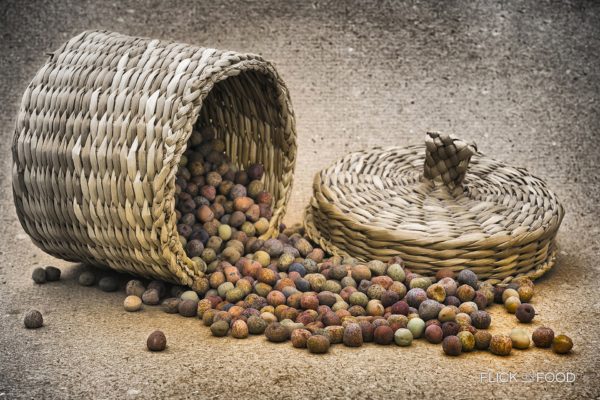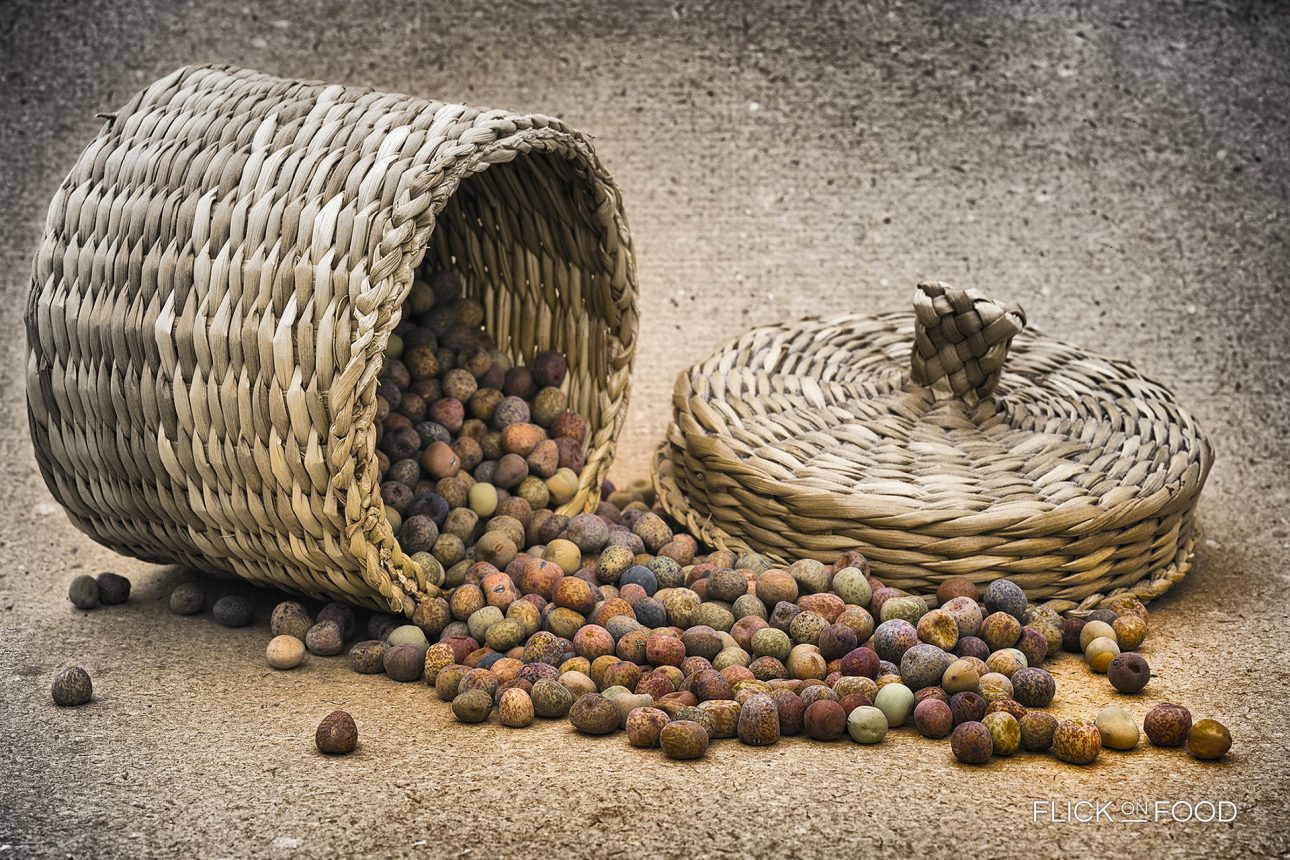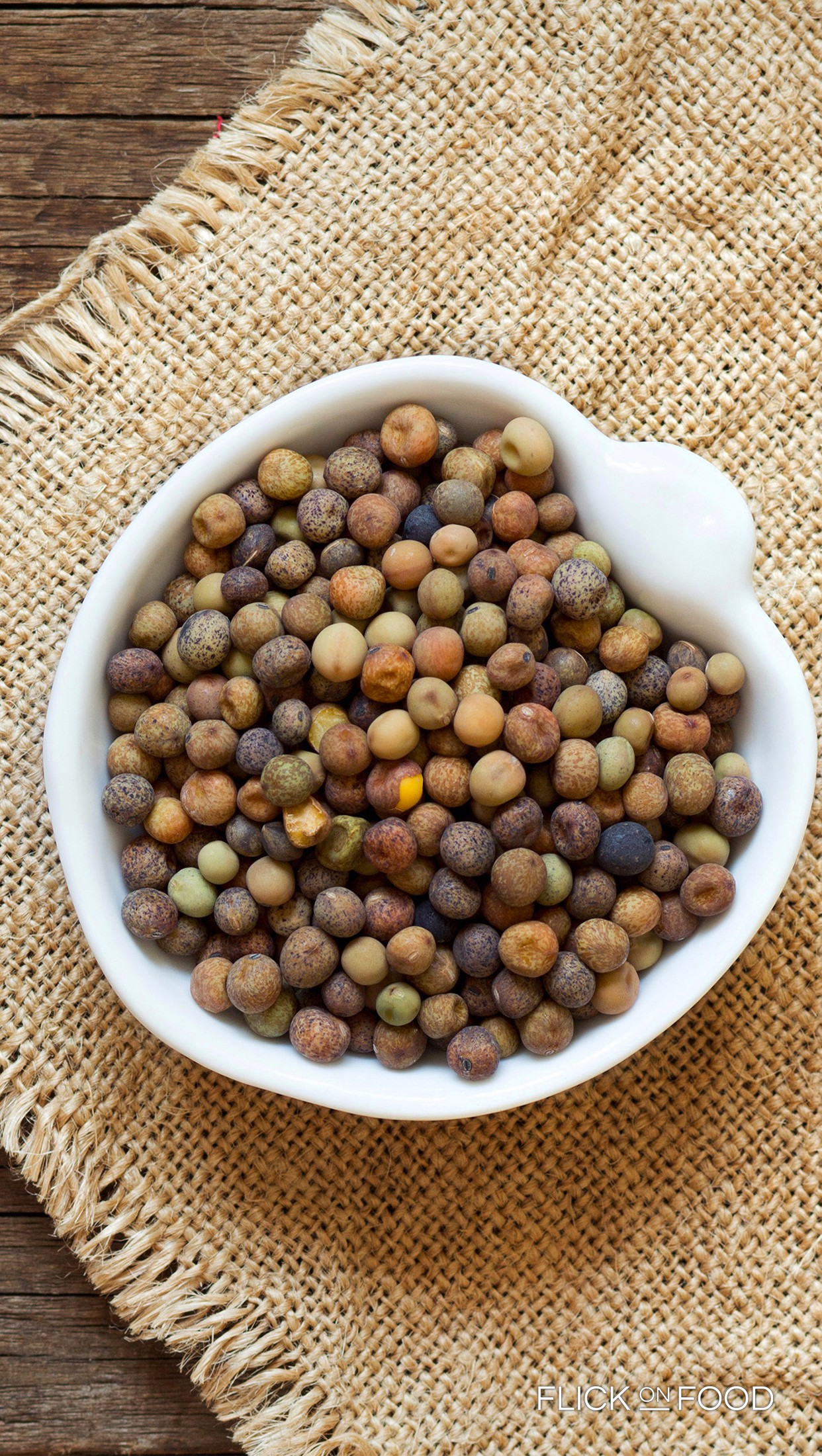
Roveja stone ground flour has a bitter aftertaste which makes it perfect for the farecchiata!
Origin
The roveja is a small and ancient legume very similar to the pea whose aroma recalls that of the broad bean. Its color ranges from dark green to brown and it used to be cultivated throughout the Umbrian-Marche Apennine ridge, particularly in the Sibillini Mountains. Today its cultivation has been abandoned by all but a few farmers in Valnerina, especially in the town of Cascia. There, the roveja’s unique flavor has led to its gastronomic tradition to be maintained and protected. The roveja is planted in the valley in March, at an altitude between 600 and 1200 meters, and is harvested between the end of July and the beginning of August. To preserve and ensure the future cultivation of the roveja, the Slowfood Presidium has appointed four producers to spread this important legume’s history and cultivation techniques.
Cook It
As with other legumes, the roveja can be eaten both fresh or dried. When dried, it becomes an excellent ingredient for high protein soups and side dishes. It must be soaked for at least 12 hours and boiled for 40 minutes, after which it may be sautéed in a pan with garlic and chilli pepper. In Valnerina, the roveja is traditionally eaten in the polenta-like farecchiata, topped with ground mix of anchovies, garlic and extra-virgin olive oil. The farecchiata is also great the day after, sliced and pan roasted. The roveja is a perfect food for vegetarians!
Did you know that?
As with lentils, harvesting rovejas is very tiring. Their very long stems need to be mowed by hand and this has discouraged farmers over the years. When half of the leaves turn yellow and the seeds are waxy, the stalks are cut and left to dry. Once dried, the stalks are taken to the threshing floor and smashed to separate the seeds from its husks. The seeds are then sieved to free them from impurities.





